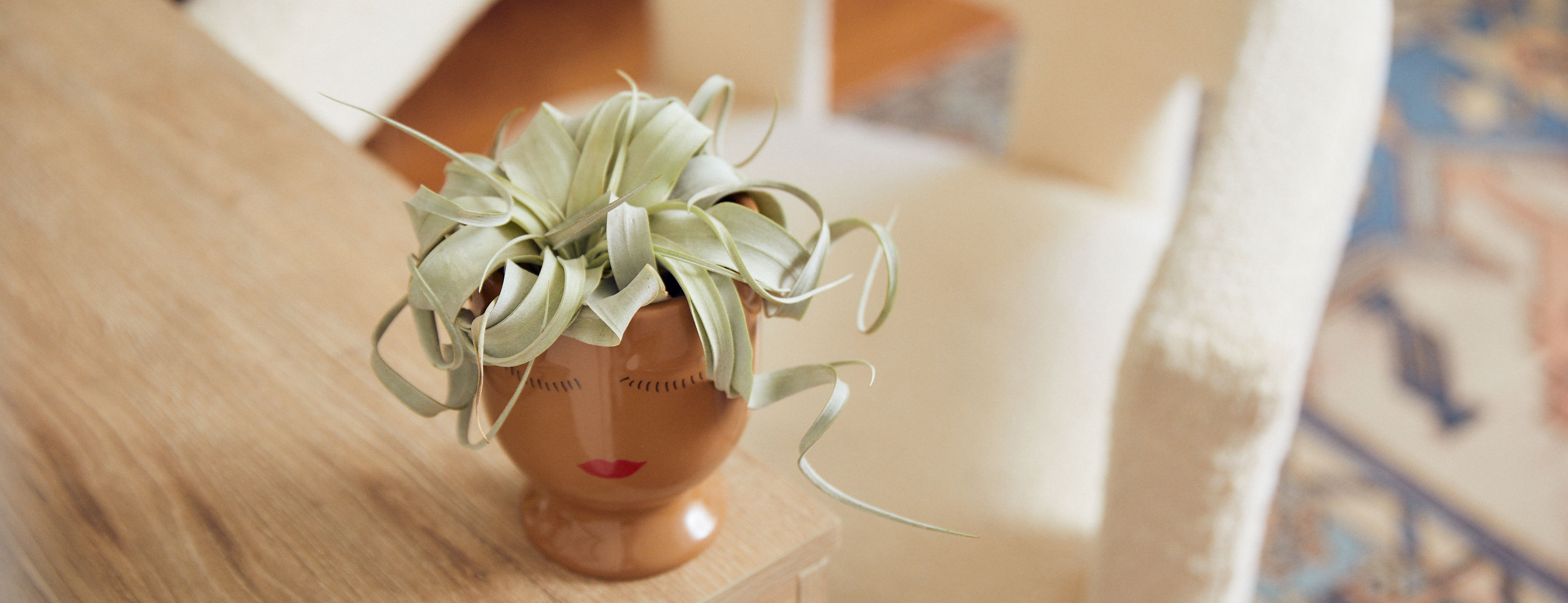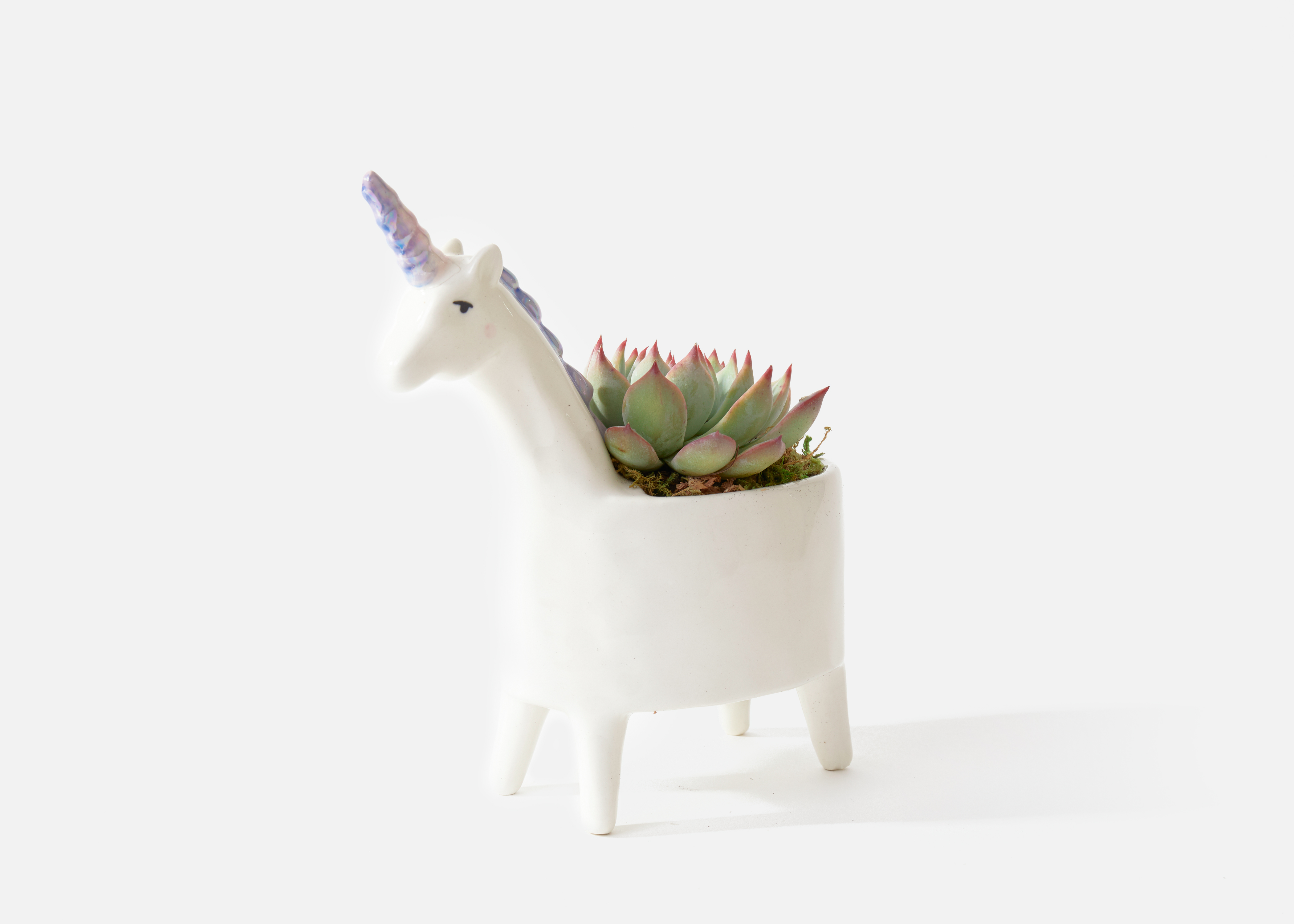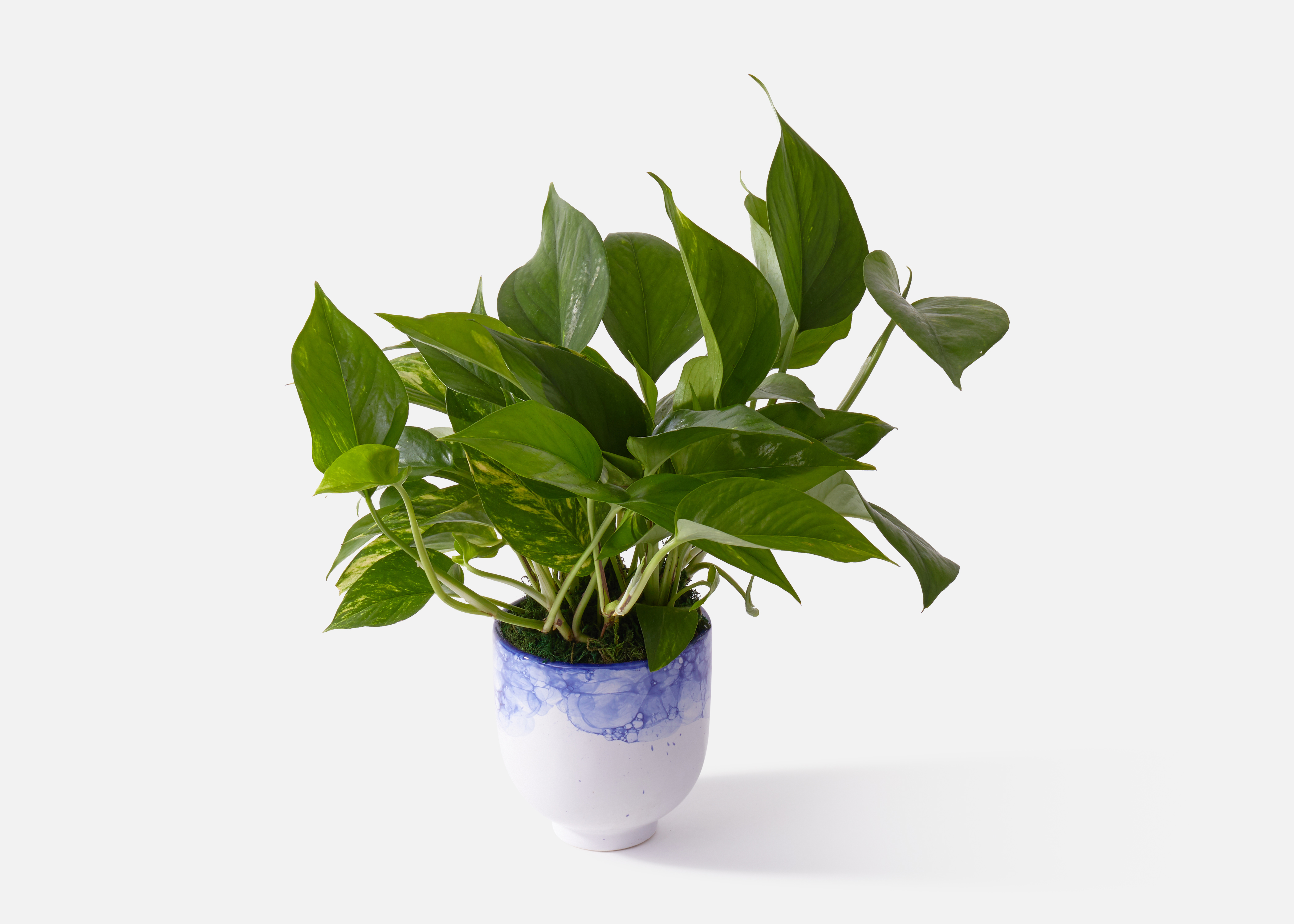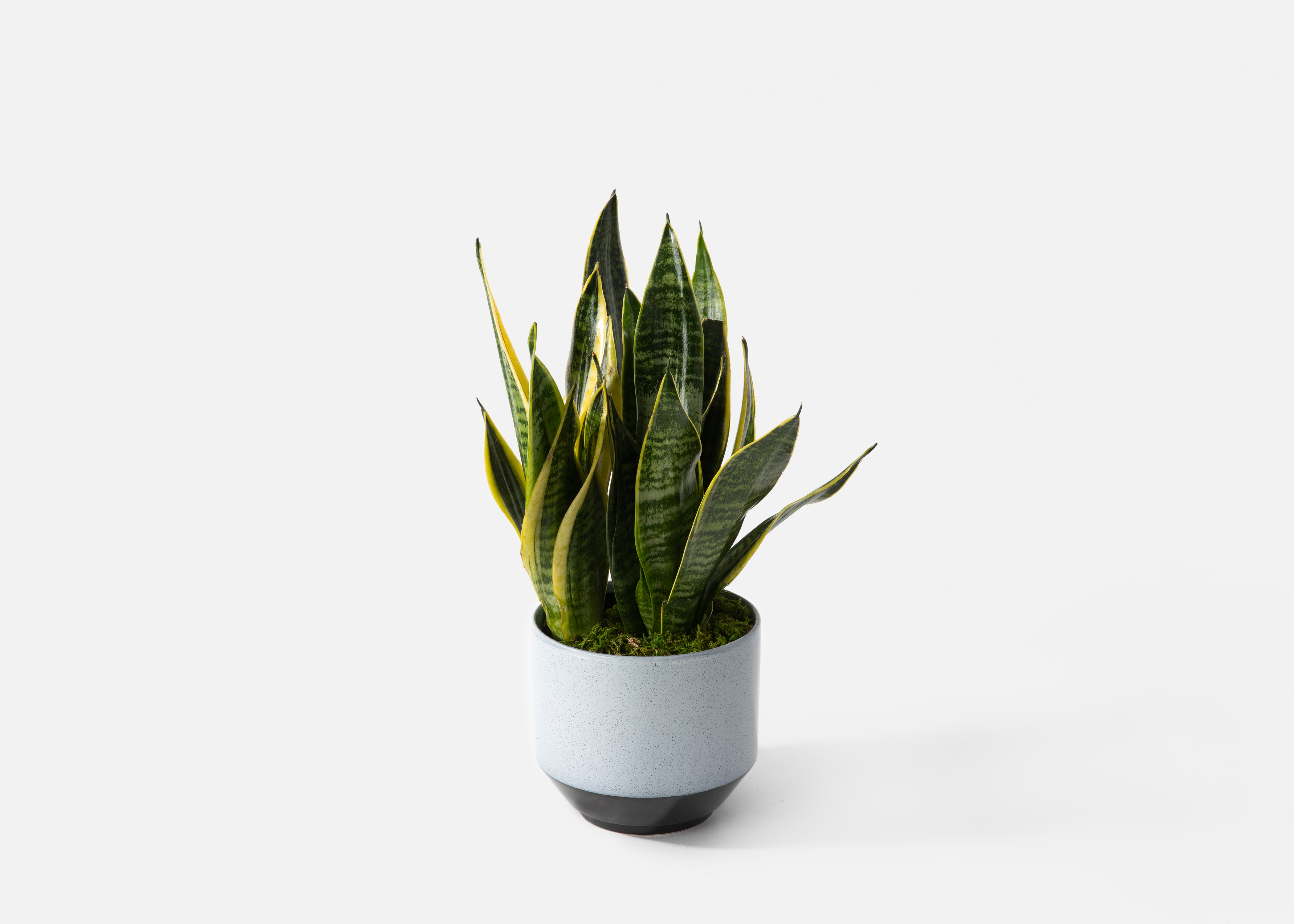Some habits die hard — and that’s usually because they are tried, true, and actually work. One concrete example is watering plants. Vegetation requires water to thrive, of course. Without regular moisture, the leaves would ultimately wilt, and the plant would slowly wither away.
In the modern world, though, there appears to be plenty of flexibility where plant care is concerned. Sure, watering plants is still the norm (and still vital to your plant’s vitality and well-being), but there’s a new nourishing agent in town, and it’s none other than … pasta water.
Yes, pasta water — the very same excess liquid left behind after you whip up a plate of spaghetti or penne. What exactly is the connection between pasta and plants, and how can using the water leftover from cooking benefit your greenery? Here’s what you need to know about this trend sweeping the internet right now.
Why Are People Watering Their Plants With Pasta Water?
- How the Pasta Water Trend Started
- The Benefits of Using Pasta Water
- Tips to Use Pasta Water on Plants








